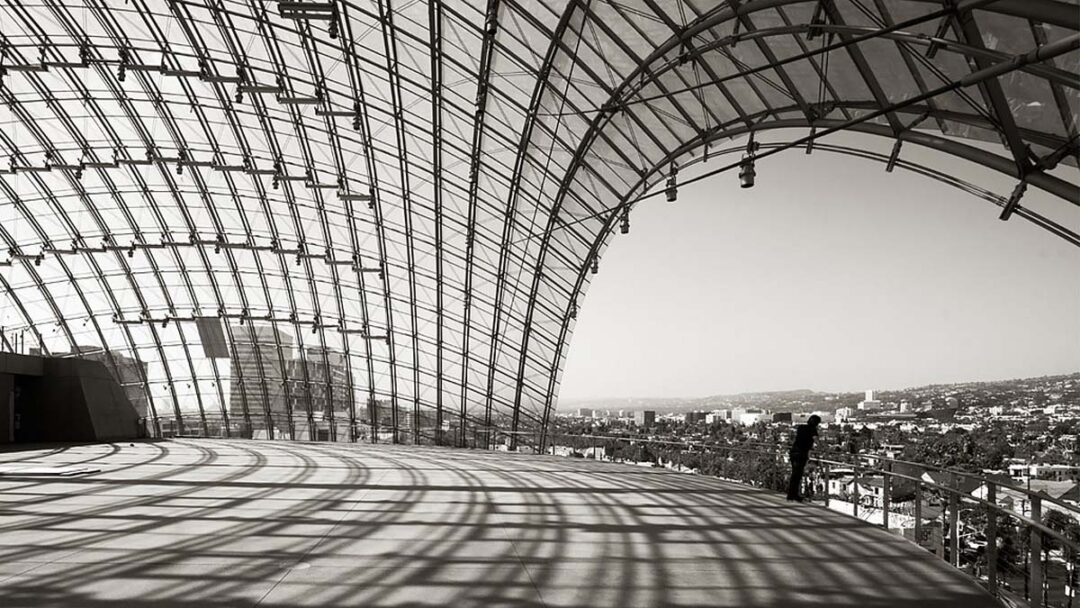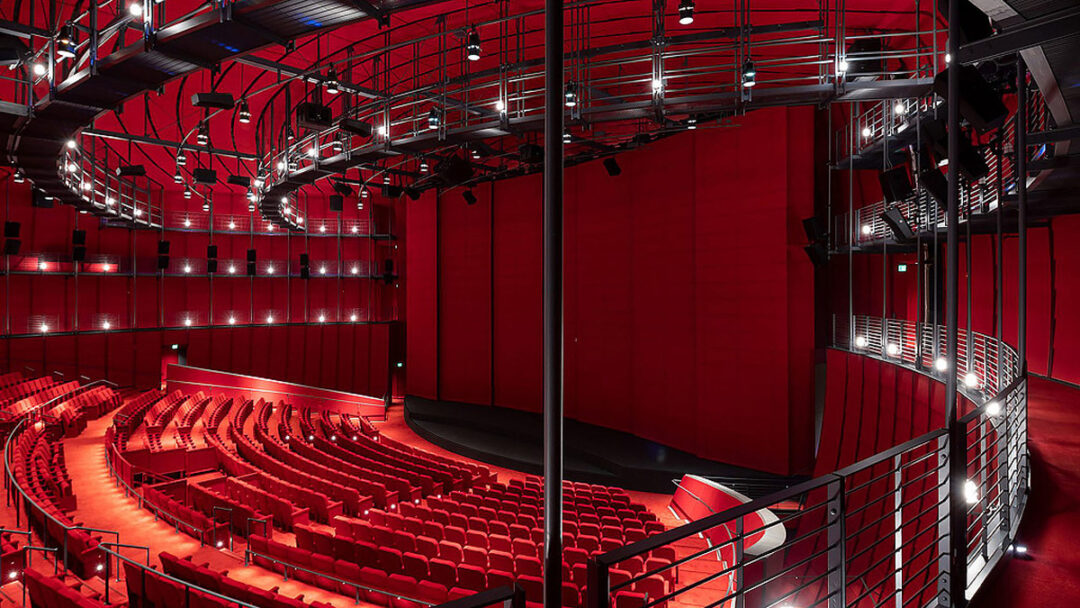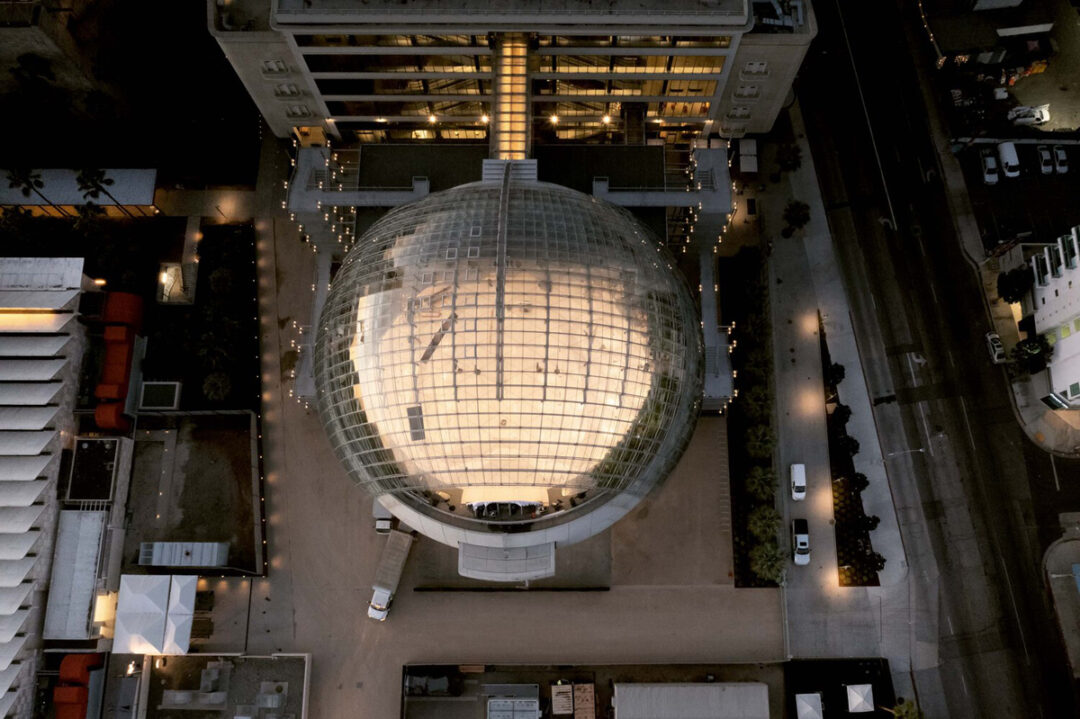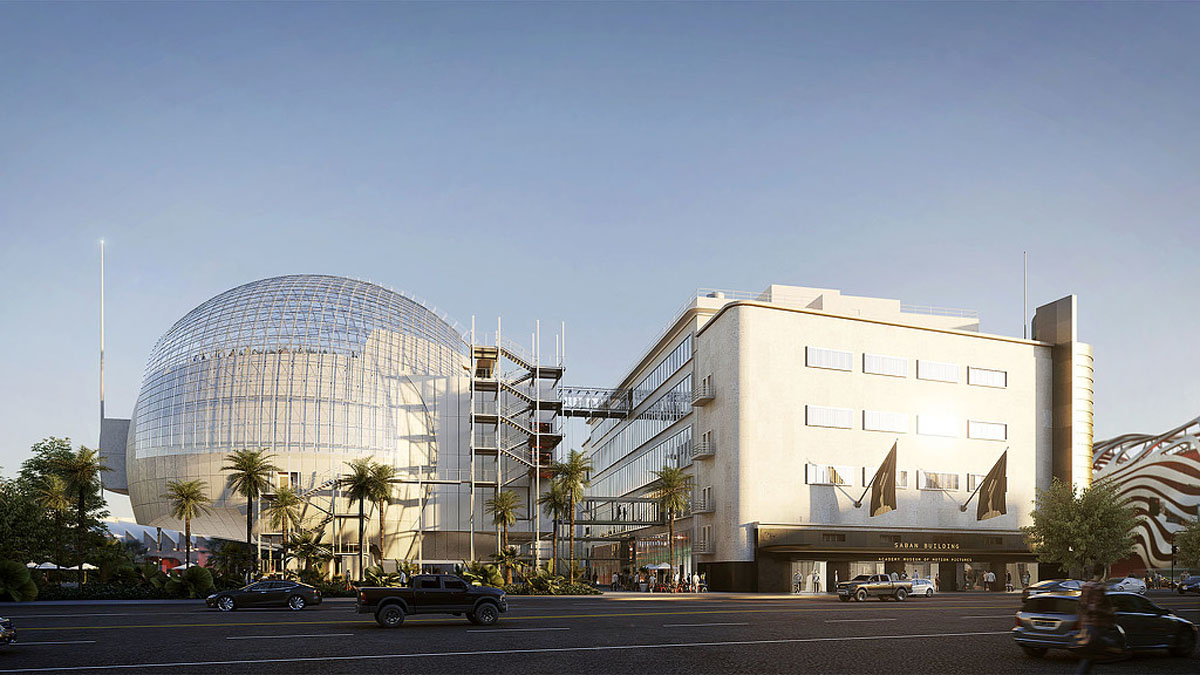Designed by the renowned architect Renzo Piano, The Academy Museum of Motion Pictures has been beautifully restored and transformed into a state-of-the-art facility that celebrates the art and science of cinema.
The Academy Museum of Motion Pictures is a project that has been years in the making. Its mission is to showcase the history of cinema and its impact on our lives, and to promote the art and science of filmmaking. The museum will feature a range of exhibitions, screenings, and educational programs that will offer visitors a unique and immersive experience of the world of movies.

One of the most striking features of the museum is its design. Renzo Piano, who is known for his innovative and sustainable architecture, has created a building that seamlessly blends the old and the new. The May Company building on Wilshire Boulevard, which was originally built in 1939, has been restored to its former glory, with many of its Art Deco features preserved. At the same time, Piano has added a new glass and steel structure to the back of the building, which serves as the entrance to the museum.
Leading architecture firm Gensler collaborated with Renzo Piano Building Workshop in transforming a 230,000-square-foot historic landmark structure into the lively Academy Museum of Motion Pictures, which encompasses more than 50,000 square feet of gallery space, theaters, education labs, offices, conservation facilities, a restaurant and a retail store.

The Academy Museum hosts the 300-seat Ted Mann Theater at the Saban Building, formerly the notable May Company Department Store. Tethered to the museum by three bridges, a 60,000-square-foot precast concrete and glass sphere houses the state-of-the-art, 1,000-seat David Geffen Theater that floats above an active plaza on a series of base isolator piers. Perched atop the sphere, a glass-enclosed terrace and exhibition space invites the public to enjoy spectacular panoramic views, providing a unique and memorable visitor experience.
The new addition to the building is a striking modernist structure that contrasts with the Art Deco façade of the original building. The glass and steel structure features a large spherical dome covered with a silver-coloured skin, which reflects the surrounding buildings and sky. The dome is a reference to the iconic Hollywood Bowl, and it also serves as a symbol of the museum’s mission to bring the magic of cinema to life.

Inside the museum, visitors will find a range of exhibitions that explore the history of cinema and its impact on our culture. One of the highlights of the museum is the “Stories of Cinema” exhibition, which takes visitors on a journey through the history of cinema, from its earliest days to the present day. The exhibition features a range of artifacts, from early cameras and projectors to iconic costumes and props from some of the most famous movies of all time.

